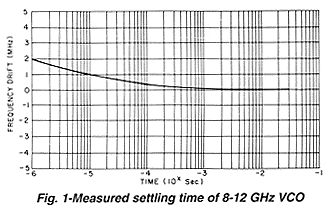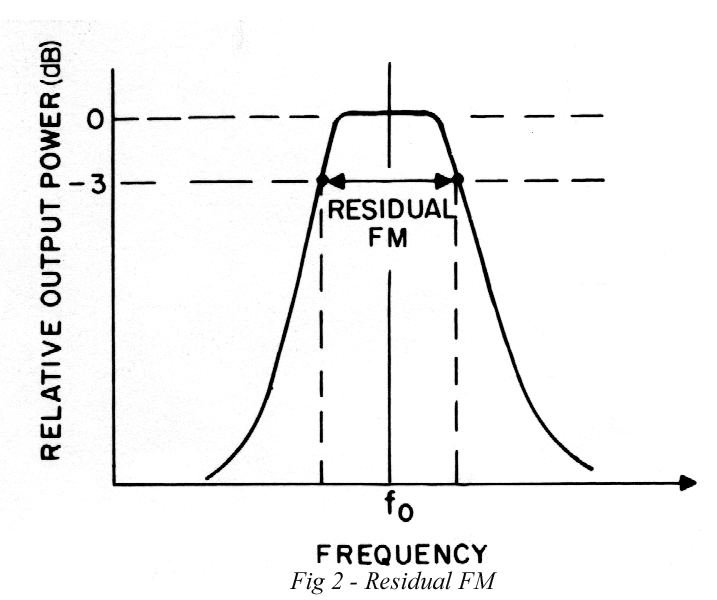Microwave Frequency Sources: Application Notes
Kratos General Microwave has been a leader in the field of microwave PIN diode control components for more than 30 years. A natural extension to its product line, microwave oscillators, was launched in 1989, of high-performance VCOs and DTOs. In this relatively short time, Kratos General Microwave has once again established itself as an industry leader. Its oscillator engineering staff has been recognized as a dynamic, innovative force who is willing and quite able to take on and solve today's most demanding problems.
Kratos General Microwave offers a broad line of high-performance VCOs, DTOs and Synthesizers in the microwave frequency range. The VCOs and DTOs feature fast settling time, low post-tuning drift and low phase noise. In addition to Kratos General Microwave's standard catalog products, a wide variety of custom oscillators have been developed for demanding airborne receiver, jamming and simulator applications.
This site is proof of Kratos General Microwave's success. It includes expanded versions of catalog oscillator products and highlights many of the custom oscillators, both military and commercial, that have been successfully developed and manufactured. If your system requirements demand a device which cannot be found in this brochure, do not hesitate to contact Kratos General Microwave directly. A sales engineer will be happy to discuss your specific needs.
Modern microwave oscillators utilize a solid state device, such as a transistor or diode, together with a resonant circuit and matching network, to convert dc power to microwave power at a specified frequency. By appropriate choice of these elements, oscillators may be designed for an extremely wide range of applications. In addition, low frequency digital and analog control circuitry may be incorporated to provide further flexibility.
Definitions of Parameters
Frequency Settling/Post-Tuning Drift:
The maximum deviation in frequency at a given time, following a change in tuning command, relative to the frequency one second after the change in tuning command. The worst-case condition usually occurs for frequency steps from one end of the band to the other. (Results of a typical measurement are shown in Fig. I .) Settling time usually refers to the response up to several hundred microseconds, while post-tuning-drift usually refers to the variation from several hundred microseconds to as long as several hours.

Modulation Sensitivity Ratio:
The ratio between the maximum and minimum slopes of the frequency vs. voltage tuning curve of a VCO over its frequency band. (For a DTO, this is defined at the FM modulation port.)
Frequency Deviation Bandwidth:
The peak-to-peak frequency deviation obtained for a given peak-to-peak voltage swing at the modulation port of a VCO or DTO.
Modulation Bandwidth:
The modulation frequency at which the frequency deviation bandwidth of a VCO or DTO decreases by 3 dB relative to the deviation bandwidth at low frequencies.
Phase Noise:
The sideband noise level at a given deviation, fm, from the oscillator frequency, relative to the carrier power level and normalized to a bandwidth of 1 Hz.
Residual FM:
The peak-to-peak frequency deviation of an oscillator at its -3 dBc points, when measured on a spectrum analyzer with a resolution bandwidth of I kHz. (See Fig. 2)
 Temperature Stability:
Temperature Stability:
The total oscillator frequency variation over the rated operating temperature, usually expressed in ppm/°C.
Pulling:
The maximum variation in oscillator frequency relative to its frequency when operating with a matched load, when the output load is rotated through a full 360° phase change. The peak-to-peak variation in oscillator frequency is approximately twice the pulling figure defined above.
By using the following approximate formula, the pulling figure may be scaled as a function of the VSWR:
Pushing:
The incremental change in oscillator frequency that results from an incremental change in power supply voltage.
